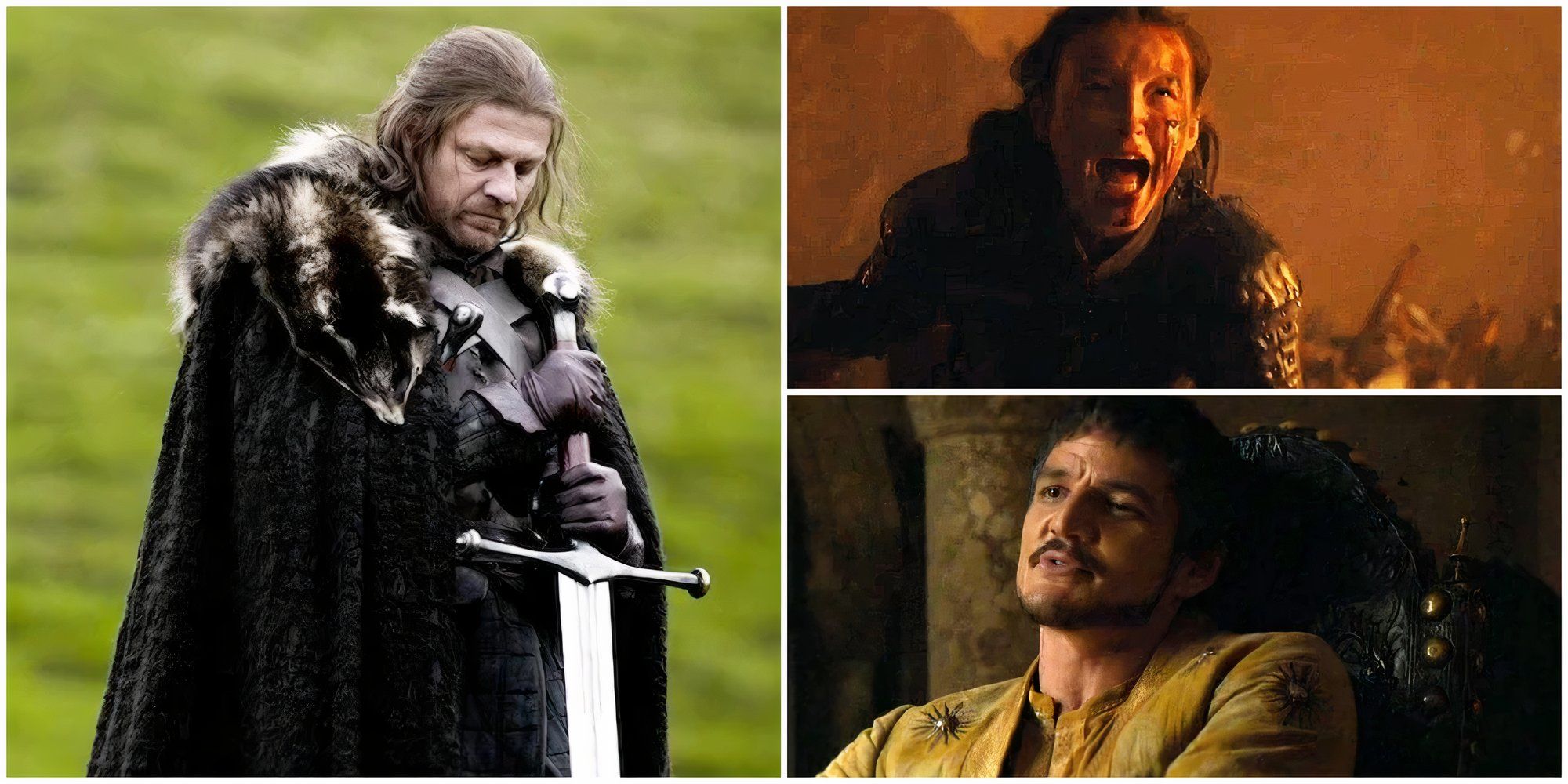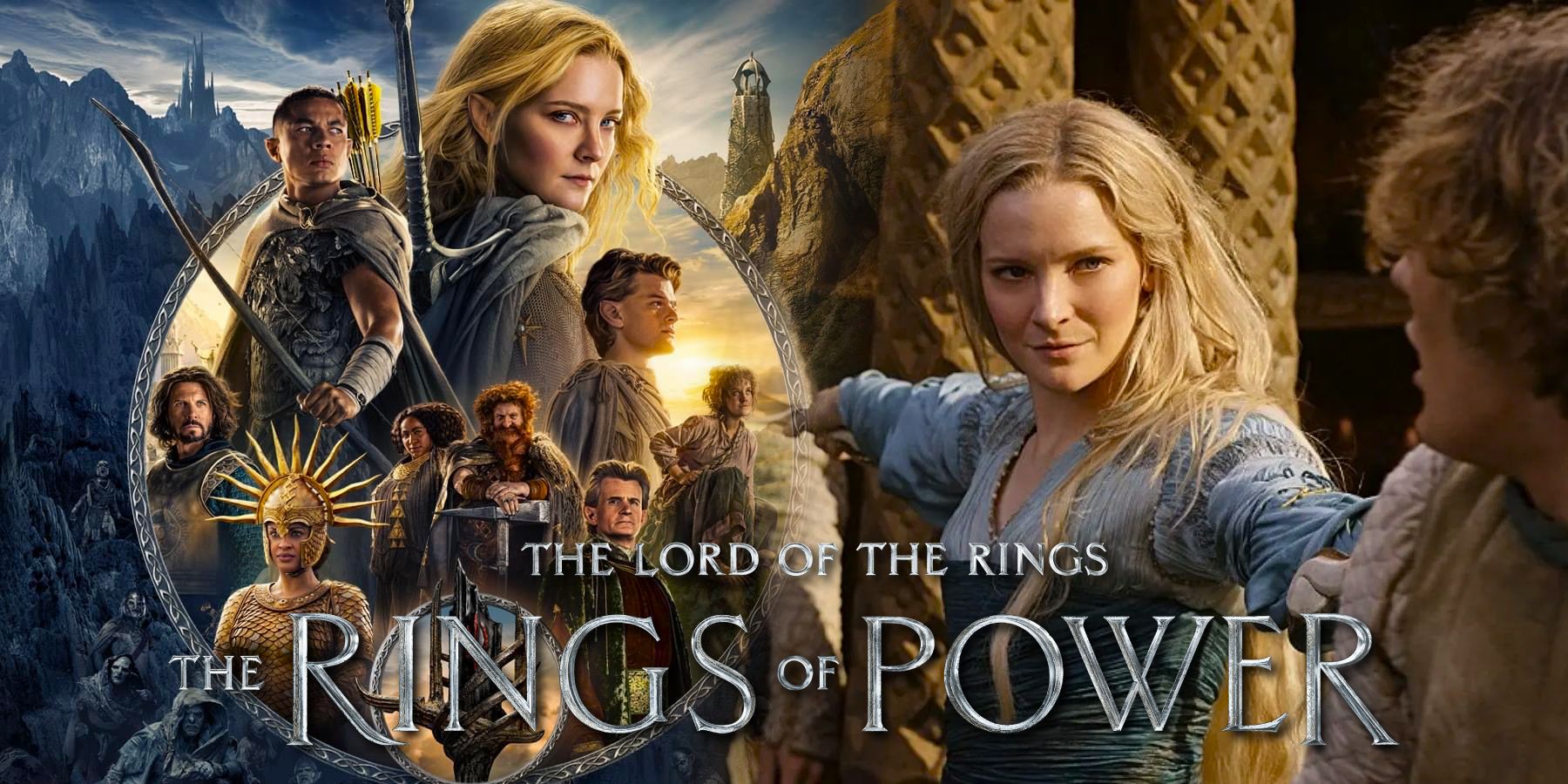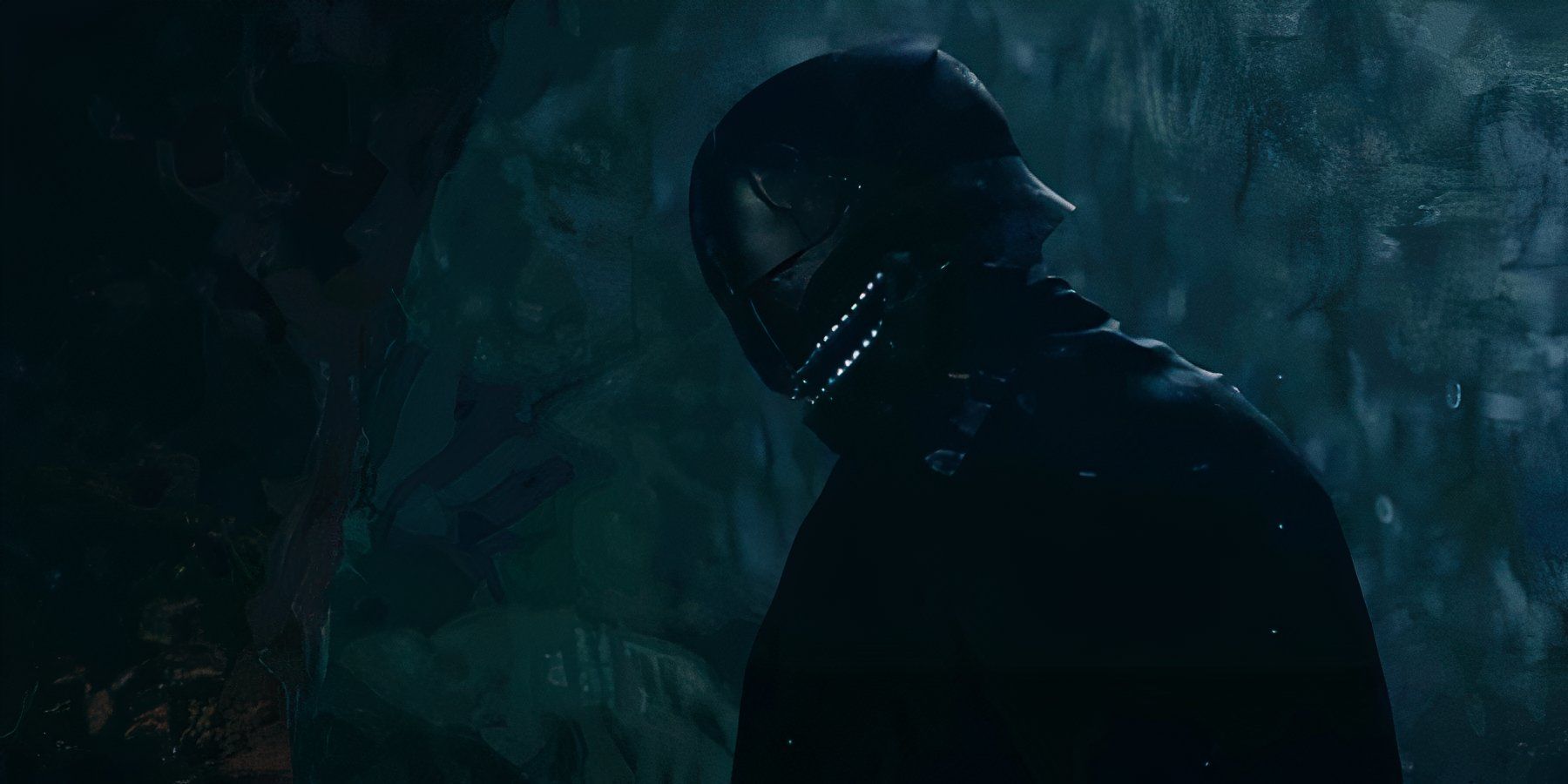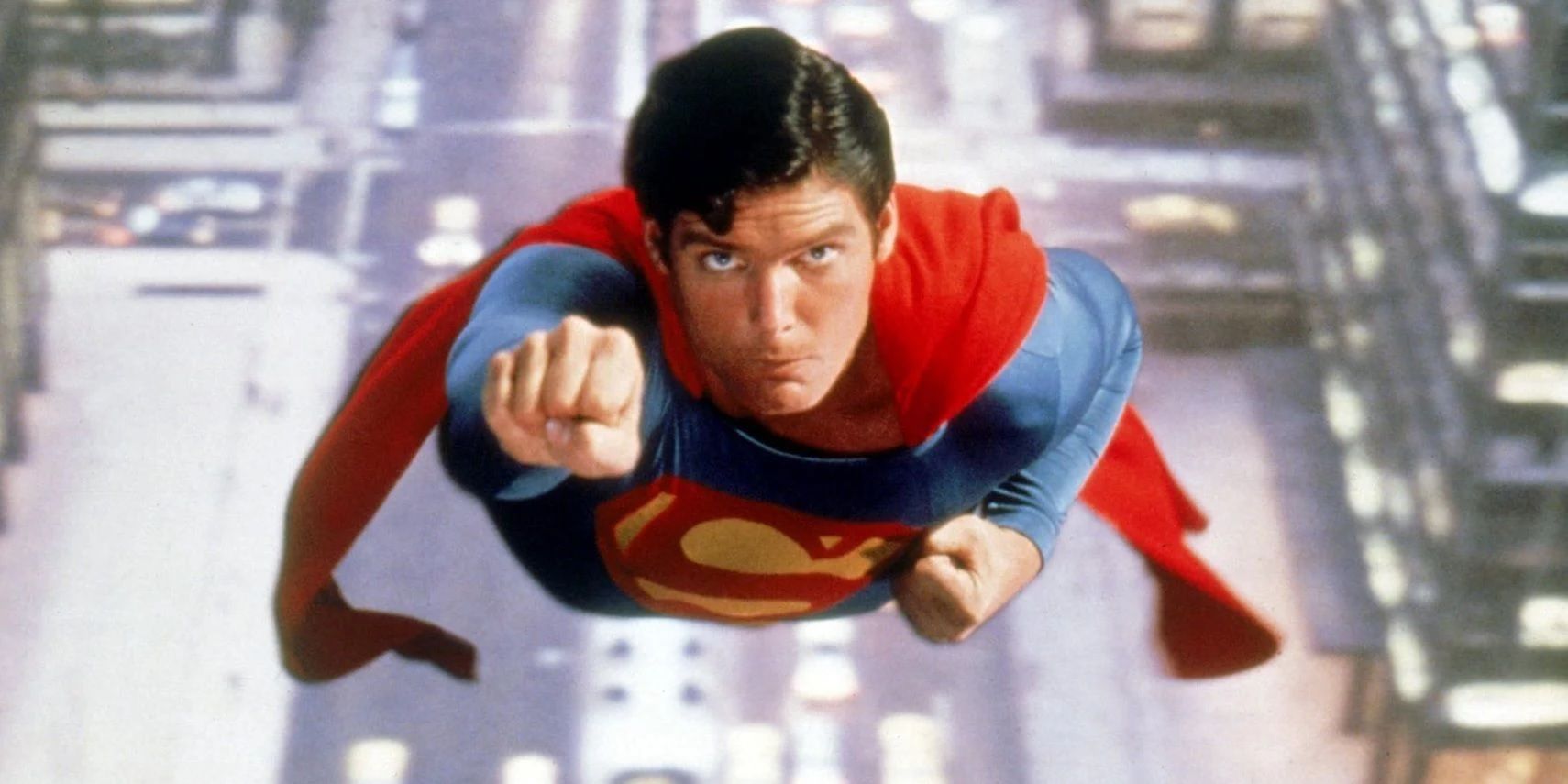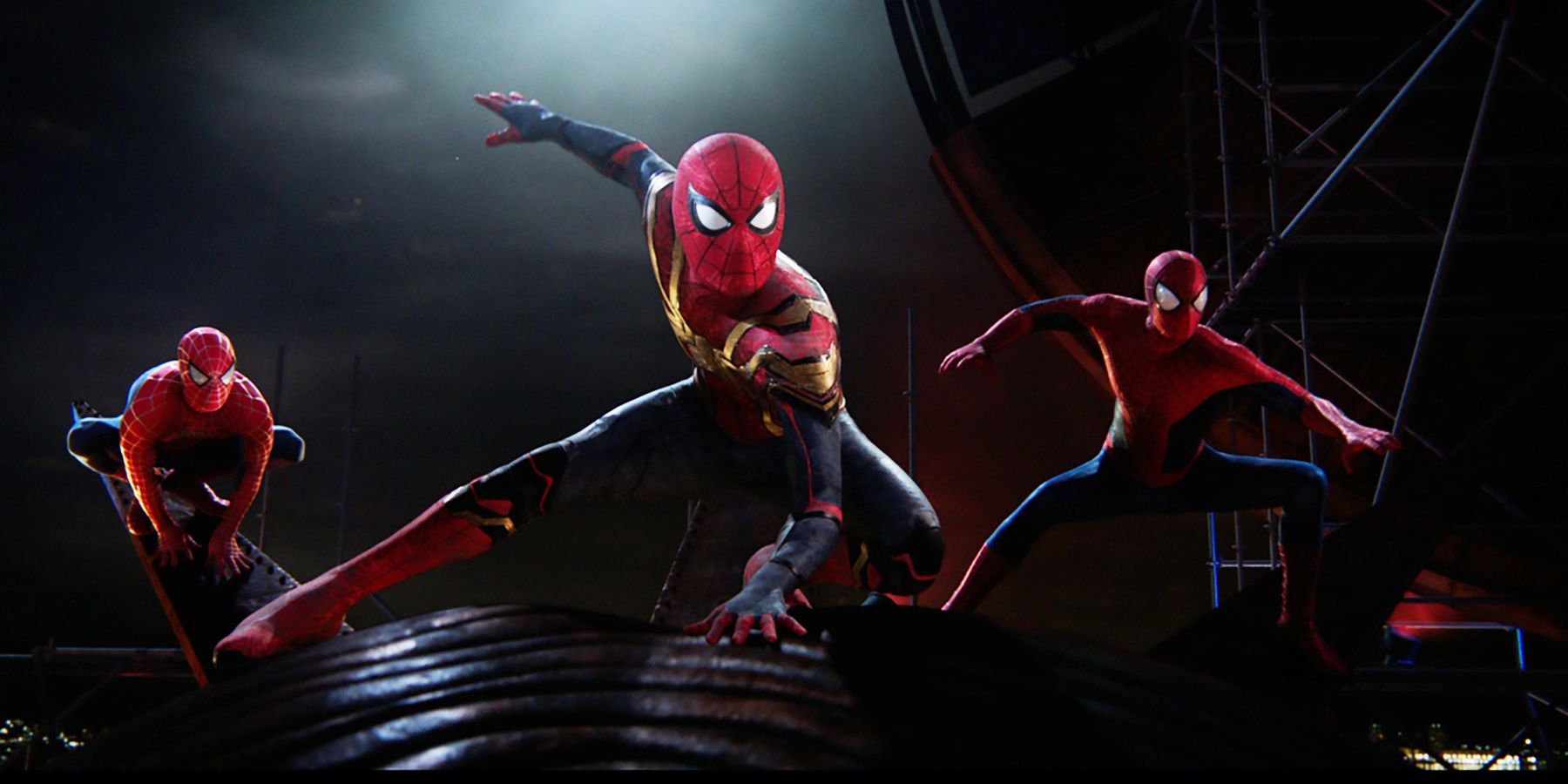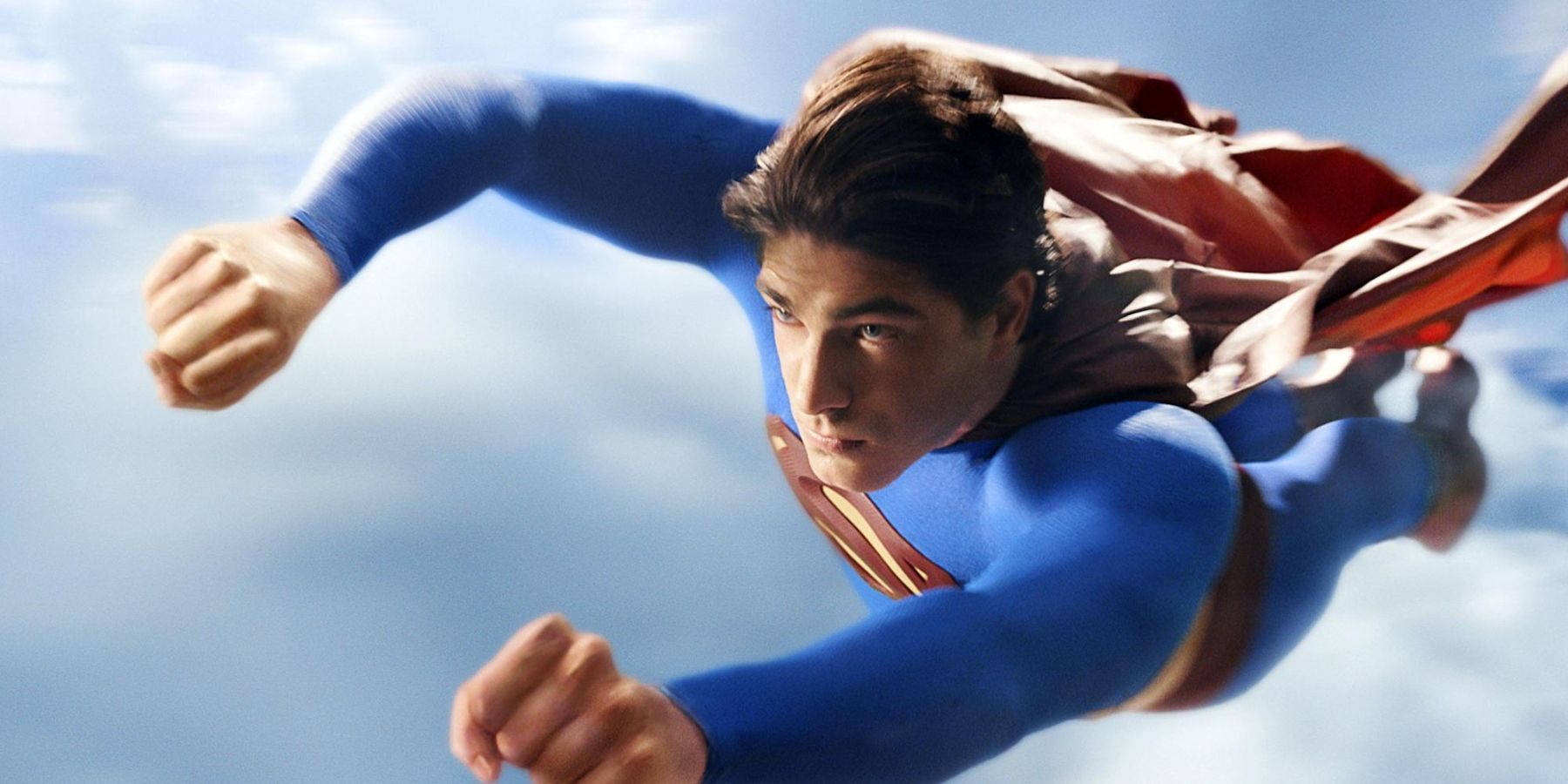Clark Kent. Kal-El. The Last Son of Krypton. The Man of Steel. Superman. The iconic hero has been a mainstay in pop culture for decades now, ever since the serialized TV outings in the 1950s. The character is arguably the most recognizable superhero even now, a time when the next Superman solo outing seems to be years away at least. In recent years, it’s become clear that DC’s parent studio, Warner Bros., lacks a clear idea of what to do with the brand, let alone with its most famous character. In less than a decade, the DCEU has gone from a dark, serious tone in the form of Zack Snyder’s films to a disconnected world, not even a universe at all, before finally now coming back together for a shared universe idea once again, albeit with many of the original elements (and actors) fading into the wind.
Superman’s future is up in the air, pun intended, but his past is unquestionable. The character has been portrayed by several actors, perhaps none more famous than Christopher Reeve. It was Reeve’s iteration that helped launch the superhero market into the stratosphere and beyond. For example, Tim Burton’s Batman movies, the first featuring the Dark Knight in decades at that point, were commissioned only after the success of Superman in 1978. Since then, Brandon Routh, Henry Cavill, Tyler Hoelchin and more have all donned the red cape and blue suit, and all have flown in the sky, a key feature of the character. Here’s the history of how Superman flies in film.
Special effects and bringing these iconic heroes to life has evolved greatly over the years. The character of Spider-Man, for example, swung around the streets of New York City in the 1970s TV series using wires and clever camera work, techniques that were relatively revolutionary at the time. Since then, the hero of Spider-Man has gone through such changes as well. When Sam Raimi was directing the first Spider-Man film, he suggested using massive industrial-sized fans to blow a stuntman in the hero costume from building to building, thus creating the swinging technique. This idea was quickly dismissed and CGI was then used instead, something that Raimi was initially hesitant about but quickly changed his mind on. Since then, CGI has become the primary way in which Spider-Man’s swinging has been created, as the 2021 film No Way Home demonstrated with Tobey Maguire, Andrew Garfield, and Tom Holland all used their webs to run towards battle in what was arguably the most epic scene of the entire movie.
Just as Spider-Man has evolved, Superman has too. Christopher Reeve’s first Superman film was released in 1978, just a year after the very first Star Wars movie, for example. A New Hope is considered revolutionary for special effects with its usage of miniature models and complex, detailed paintings in the background to appear as if these ships were in space or on an alien planet. Just like that movie, Superman was also extremely influential in the VFX space. Supes was harnessed up in extensive wire work to make the flying seem natural, and a wind machine was also used to make Reeves’ hair and cape flow in a way that they would if he was actually flying through the air.
The truly revolutionary work here was not the wire work, however, but was instead the usage of blue screens to create the background. Now a staple of comic book movies, blue screens are used frequently in the MCU in particular. That franchise has garnered some criticism for its excessive use of this VFX technique, but there’s no doubt that it has its positives and this first Superman movie demonstrates that extremely well. Star Wars, arguably the main franchise to push special effects forward, didn’t begin to properly use blue or green screen until Return of the Jedi in 1983, five years after Superman. This hard work was rewarded at the 1979 Academy Awards with a nomination for Best VFX in a major motion picture.
The rest of the Reeve films continued to improve in these areas with even more complex wire work and better blue screens to compliment the actor flying. However, it was Brandon Routh in Superman Returns that was the first Man of Steel on camera to have extensive CGI work. Just as Spider-Man was entirely CGI during most of his swinging sequences in the Raimi trilogy, Routh’s Superman flying was created with the same sort of technology. CGI and Superman flying was not exactly uncommon, but this film was the one to use it as much as it did. In future films, this technique has become commonplace as the flying is arguably at its most realistic using CGI.
This continued with Henry Cavill’s Superman. Again, there was wire work, particularly to have close up shots of the actor’s face, but much of the final battle of the 2013 film in which Superman fought Zod was entirely VFX. Zack Snyder’s unique directing style of following the fight in the air for long periods of time without editing or cutting was something that could not be depicted without the technology advancing in this way. Just as this moved forward, the way in which Superman flies on screen in film has done the same.

